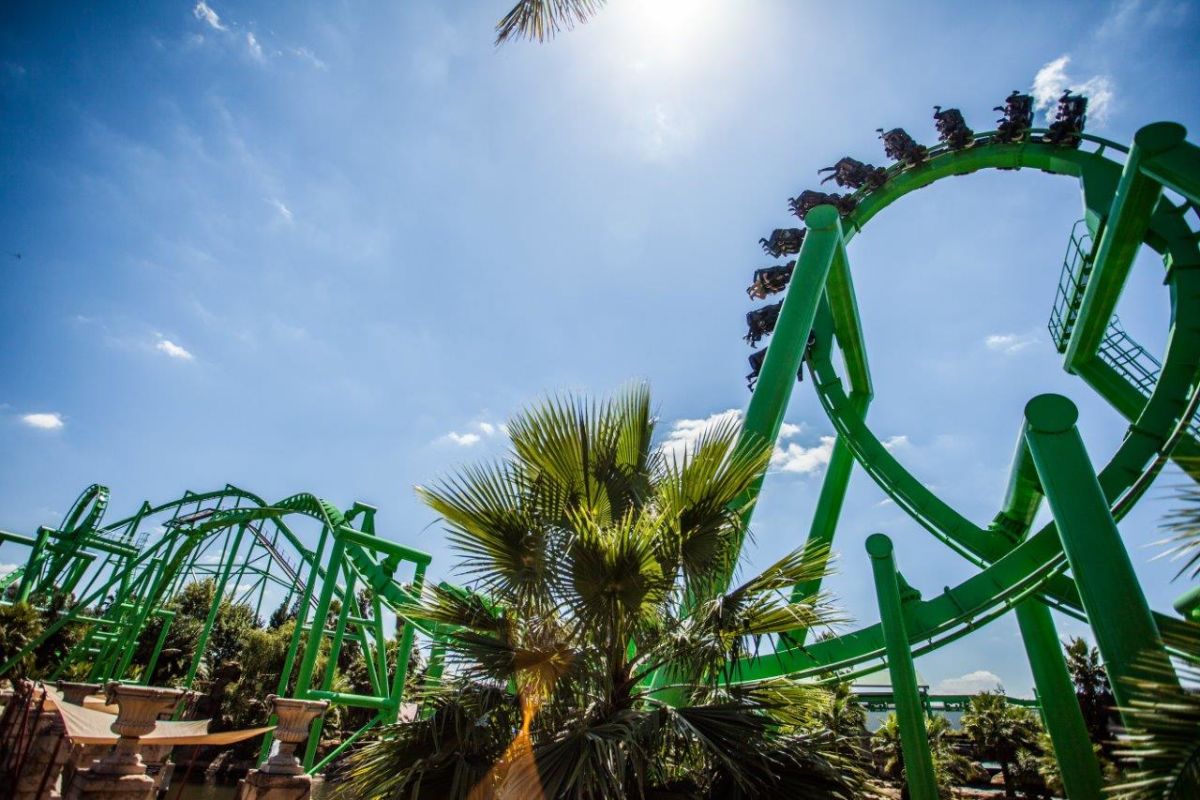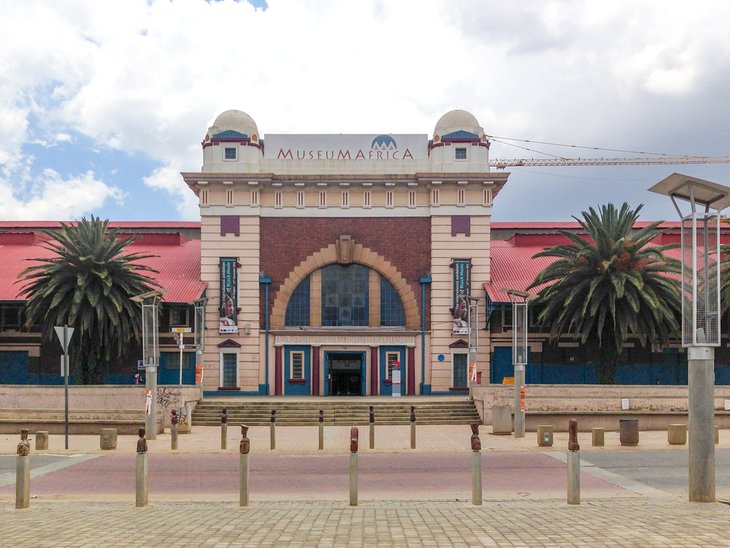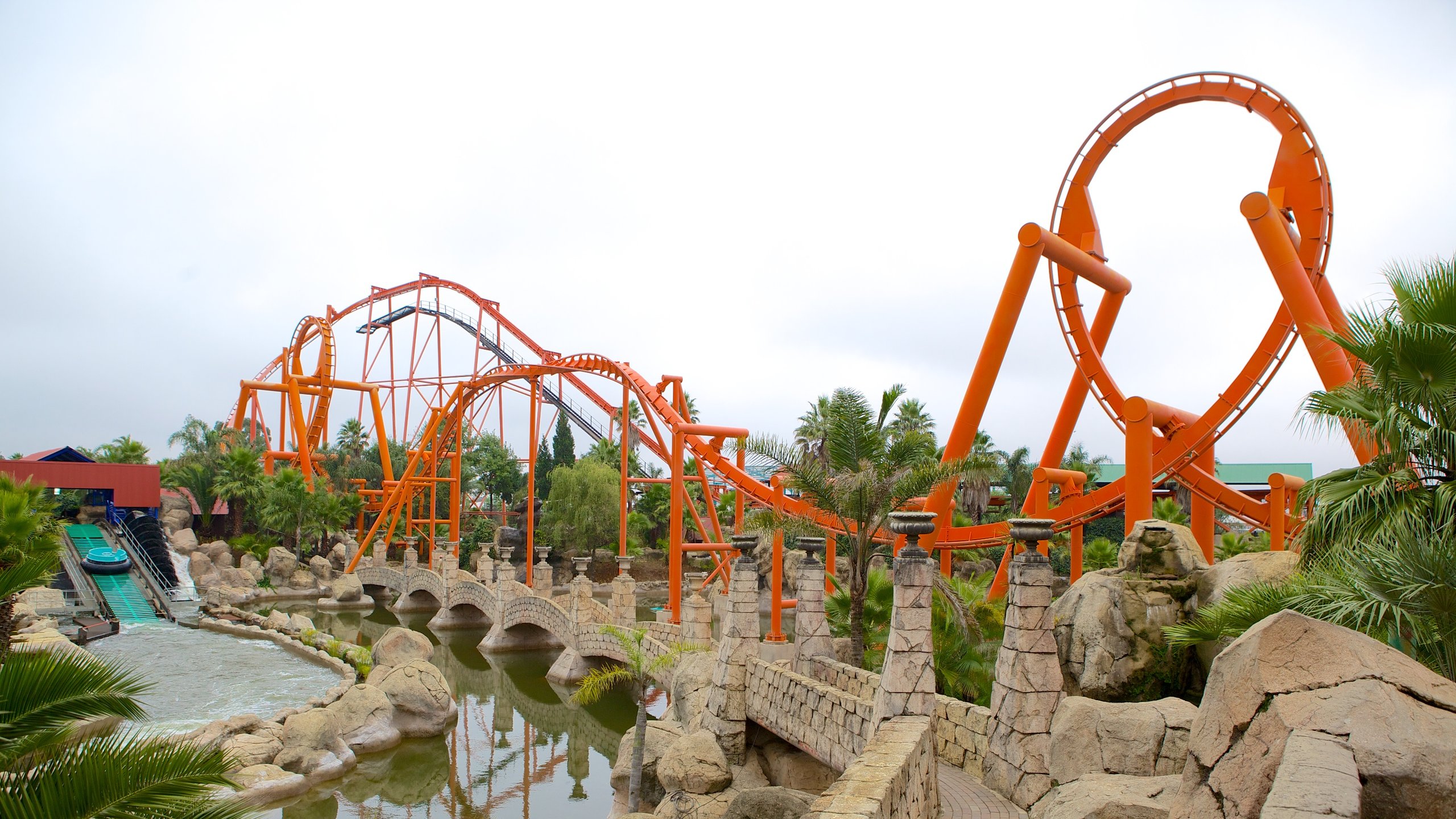Johannesburg North Attractions - The Facts
Johannesburg North Attractions - The Facts
Blog Article
Getting The Johannesburg North Attractions To Work
Table of ContentsJohannesburg North Attractions for Beginners7 Simple Techniques For Johannesburg North AttractionsSee This Report about Johannesburg North AttractionsWhat Does Johannesburg North Attractions Do?How Johannesburg North Attractions can Save You Time, Stress, and Money.Johannesburg North Attractions Can Be Fun For AnyoneThe Johannesburg North Attractions Ideas
You need to maintain protection in mind and tourists must continue to be alert at all times when in unknown environments. Talk with the residents when you are in town to discover the location you are staying in. Johannesburg North attractions. When on the street (this does not relate to shopping center and various other secure atmospheres) best general recommendations is to try your finest to look like a local and to prevent showing any kind of form of riches
Johannesburg North Attractions - The Facts
Teacher Revil Mason O. J. (Thomson, 1946) checked out the Witwatersrand's pre-colonial background. His archaeological job blew up the 'em pty land' myth, according to which the region was devoid of human habitation prior to the arrival of European settlers. In his magazines Prehistory of the Transvaal: A Document of Human Activity (1962) and Beginnings of Black Individuals of Johannesburg and the Southern Western Central Transvaal Advertisement 3501880 (1986 ), Teacher Mason demonstrated the degree of social and economic development in the area prior to Europeans set foot right here.

Excitement About Johannesburg North Attractions
He acted with the federal government's consent, given after he had actually testified keep his discoveries trick. In 1874, small-scale mining operations were begun in the Magaliesberg, where an Australian, Henry Lewis, had uncovered gold deposits. In 1878, David Wardrop located gold in quartz veins at Zwartkop, north of Krugersdorp. In 1881, Stephanus Minnaar found gold on the ranch Kromdraai, near the Cradle of Mankind.
In March 1886, a protrusion (quickly to be called the Key Reef) was found, quite luckily, on Gerhardus Oosthuizen's farm Langlaagte. Some state that the Lancastrian coal miner George Walker discovered this coral reef. One more itinerant English prospector, George Harrison (that had formerly functioned in Australian mines) acquired a prospecting permit in regard of Langlaagte in May 1886.
He chose to carry on in a mission for greener pastures, and disposed of his Langlaagte case for the handsome sum of 10. Alas: underneath lay the richest goldfield ever before found. The discovery of this rich auriferous reef provoked a gold rush that signified the end of agrarian serenity in the southerly Transvaal.
It would, within six years, become the biggest community in southerly Africa. Within a years, it would make the Z. A. R. until after that an anarchical and insolvent little state the wealthiest country in Africa. By the millenium, the Z. A. R. was to surpass Russia, Australia and the USA of America to end up being the globe's leading gold manufacturer, creating even more than a quarter Check This Out of the world's gold.
Johannesburg North Attractions - Questions
It was recognized as Ferreira's Camp, called after Colonel Ignatius Ferreira. He was a Boer traveler upon whom the British authorities had presented the status of Buddy of the Many Differentiated Order of St Michael and St George (entitling him to the post-nominal letters C. M. G.) in gratitude for his role in the battle that had deposed the Pedi king Sekhukhune in 1879.
Quickly the camp was brimming with tents and wagons as beginners got here daily from everywhere. By September 1886, some 400 people stayed in Ferreira's Camp, which soon boasted prefabricated iron and hardwood structures. Two various other camps were developed: Meyer's Camp on the ranch Doornfontein, and Paarl Camp. The latter was nicknamed Afrikander Camp; lots of individuals from the Cape Colony cleared up there.

The 25-Second Trick For Johannesburg North Attractions
This name acquired money by word of mouth, such that the State Assistant affirmed the name to the Mining Commissioner on 9 October 1886. Stands in the town were auctioned on 8 December 1886. While some stands were offered for 10, others were knocked down for just sixpence.
2 years later on, these erven were to alter hands for as high as 750 each. The tented camps diminished as a dorp of corrugated iron structures created and increased north of the mines situated along the Key Reef Roadway. Areas such as Jeppe's Community (where working-class immigrants erected their houses) and Doornfontein (where the upscale new 'Randlords' began to create their luxurious residences) were quickly contributed to More Info the ever-expanding map of the town.
The Ultimate Guide To Johannesburg North Attractions
Besides the road names, there were no indicators of Johannesburg being located in a Dutch-speaking nation. Years later, C. W. Kearns O. J. (one of the very first young boys enlisted at St John's University in 1898) would certainly remember: 'An odd reality about Johannesburg was that, although it was in the [Boer Republic], almost everybody spoke English and also the Federal government slaves resolved one in English, unless they were initial dealt with in the Taal (or Reduced Dutch)'.
Britain had a passion in making sure optimal conditions for gold manufacturing on the Witwatersrand, and that the gold was exported to London rather than Berlin a critical rendered all the extra clamant by the Z. A. R.'s blog raising toenadering with Germany. Mine owners were on a clash with Head of state Kruger, whose plan of monopolistic giving ins (commonly granted to his cronies) stopped mining firms from obtaining supplies of materials (especially dynamite) and work by themselves, more affordable terms
The Ultimate Guide To Johannesburg North Attractions
In 1890, the Volksraad had actually limited the franchise business to white men that had stayed in the Z. A. R. for fourteen years or longer, thus invalidating many of the immigrants (that happened to be the significant factors to the fiscus). Frustration for the ballot was a mere pretext for advertising a various program; most uitlanders regarded themselves as momentary site visitors and had no purpose of staying in the Z.
Report this page